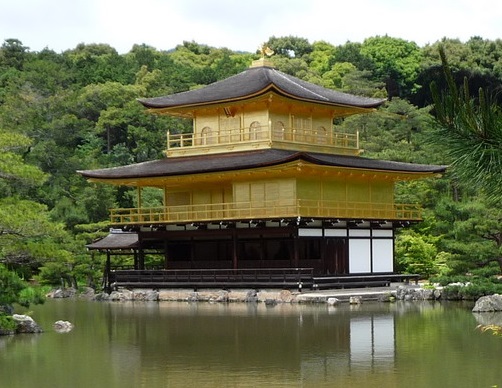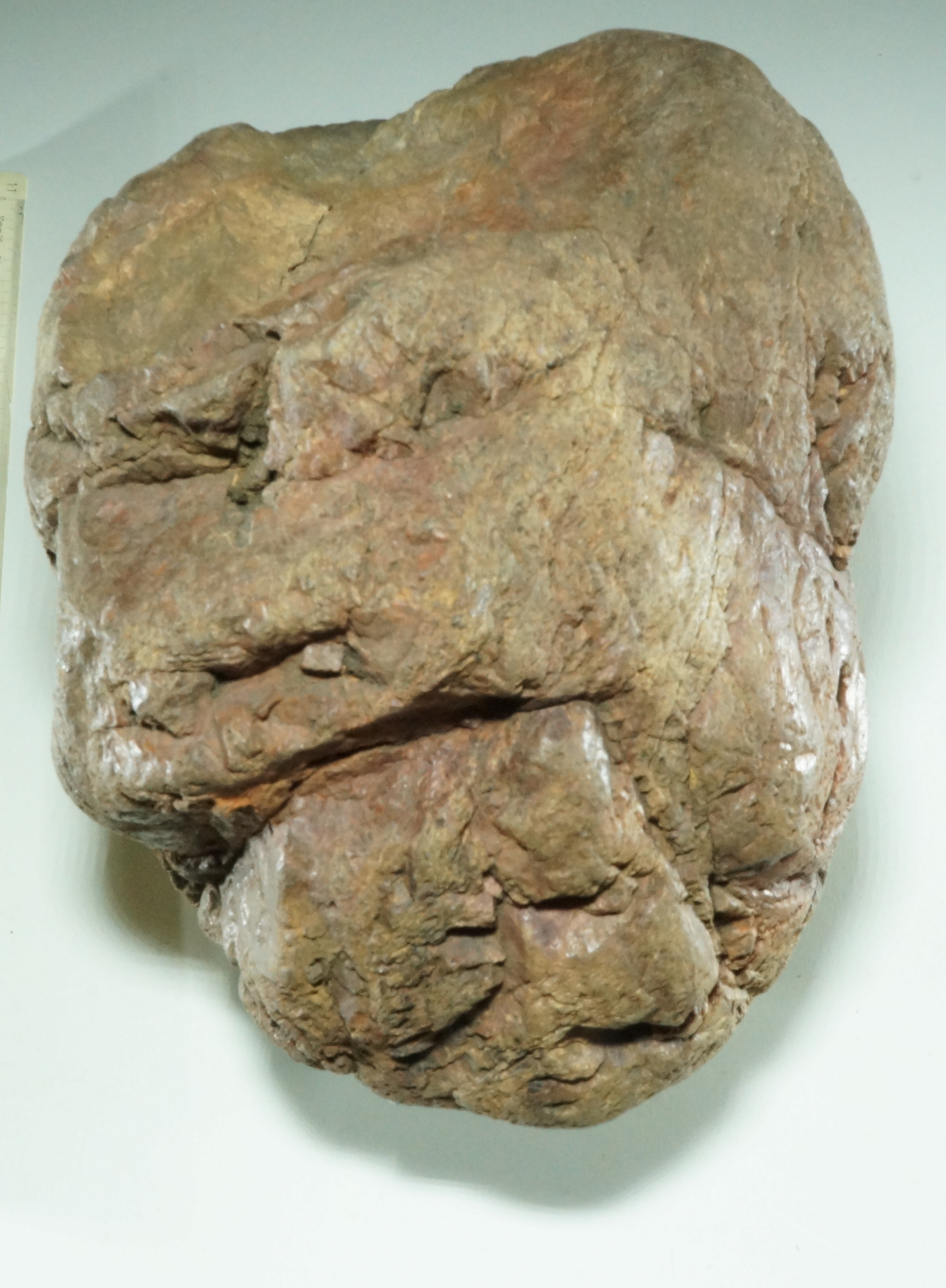Amae (emotional dependence) - Kafka and Japan
When, in 1914, Kafka spoke of his "dreamlike inner life" instead of the "enormous world I have in my head" (1913), it suggests that from then on his inner emotional world became increasingly important to him. At the same time, he struggled with the problem that much of what he felt inside was not even present in the consciousness of his contemporaries, and therefore not present in language. It was only during my stay in Japan that I realised how deeply he was able nevertheless to penetrate this world of feelings and give it linguistic expression in his texts. The concept of amae plays a central role in this. It is an emotional dependency that I have personally experienced again and again in its many varieties in the field of human relationships in Japan (for more details). What helped me most was the fact that the Japanese language has a whole range of terms for expressing the various aspects of amae and thus making them conscious. It was also fortunate that Takeo Doi, the best-selling author and authority on amae, had been my colleague at the university for a number of years and was very interested in my research on amae in Kafka.
According to Doi, amae originally refers to the feelings of every normal infant at its mother's breast: the sense of dependence, the desire to be completely enveloped in maternal love and warmth, and the reluctance and fear of being separated from the mother and confronted with harsh reality. However, similar feelings still dominate adult life to some extent, and apparently much more so in Japan than in the West. There is a tendency in Japan to see the parent-child relationship as the ideal for all human relationships. As a result, people seek relationships that involve a strong emotional dependency, but at the same time give them the feeling of being loved and surrounded by human warmth. And so, trusting in the benevolence of the other, one can let oneself go, follow one's own whims, even act willfully and selfishly like a child.
What is particularly interesting for the study of Kafka is the extensive vocabulary that the Japanese language has developed to express these phenomena, down to the most subtle psychological differences. Many of these terms have no equivalent in German or English.
The verb amaeru [literally 'to do sweetly'] can mean, depending on the context: to flatter, to cajole, to coquet, to take advantage of another's goodwill, to let oneself go, to be obstinate, capricious, selfish, or to rely on something (overly optimistically); but usually several meanings play into each other. Or they are more precisely defined by words from the environment of amae. In addition, there are many terms that describe the feelings when the amae is disappointed. Fundamental is always a (childlike) feeling of dependence and trust in the goodwill of the other.
In Germany, people in love are at most allowed to 'behave sweetly' like children, otherwise we speak pejoratively of 'sweet-talking'. That this has not always been the case is shown by Luther of all people, who can even "become sweet" on Christ.
The fact that Kafka was able to discover the world of amae in his "dreamlike inner life" and describe it in its various manifestations is quite astonishing. Even a hundred years later, the realisation that the phenomena of amae are part of the psyche of every human being and important for the development of his or her personality is apparently growing only slowly among Western psychoanalysts. The insight that amae is not a culture-specific phenomenon confined to Japan, but rather an element in the normal process of human development. This point is rightly emphasised by Matthew H. Bowker, who has studied the relationship between amae and the hikikomori. He also refers to Kafka's The Metamorphosis and sees Gregor Samsa as a typical case of hikikomori, which he analyses with reference to the psychology of amae. In doing so, he also confirms the results of research I presented more than forty years ago.
It therefore seems worthwhile to take a closer look at amae in Kafka. His writings reveal the full complexity of this phenomenon with a vividness and depth that psychoanalytical and other scientific analyses rarely achieve. This is especially true, of course, when cultural prejudices obscure and even distort the results, as is often the case with amae. The closest one can come to understanding this phenomenon is probably an intensive reading of Kafka's texts, in which new connections and dimensions of the world of amae can be discovered again and again. In this summary I can only give a few hints and refer to my publications.
In several passages in Kafka's works there are references to an attitude similar to that of amae. These include some in his life testimonies, especially in his letters, which show how close the matter was to him personally. The two most important are a passage in his last letter to his fiancée Felice and his Letter to his Father. To Felice he writes that his "ultimate goal" is not to become a good person, but to try to figure out how to be "pleasing" to everyone and loved by everyone so much that they would let him get away with all his "meanness". The closeness to the Japanese understanding of amae is obvious, but some ironic exaggerations in this passage also show a (self-)critical distance (for more details).
In the Letter to His Father, too, this closeness to the emotional world of amae is evident in many points: dependence, feelings of guilt, the desire for affection and acceptance despite all weaknesses, and the constant complaints and reproaches that culminate in the sentence: "My writing was about you, I only bemoaned there what I could not bemoan at your breast". This can only mean that Kafka's literature as a whole can be seen as a form of amae towards the reader, similar to the way in which he hopes for the goodwill and love of all in the letter to Felice. This is worth considering (more on this).
In Metamorphosis, the various aspects of amae and the complex human relationships that result from it are not described in a "Kafkaesque" way, but in an extremely realistic manner, so close to human reality that the emotional inner world and experiences of Gregor Samsa correspond in many ways to what the hikikomori in Japan experience a hundred years later (see above). Again, I can only recommend to read the text, taking into account what has been said above, and get some ideas here.
Josefine, the Singer or The Mouse Folk is Kafka's last story, corrected on his deathbed. Here, too, the relationship of the individual to the community is at the centre, and here, too, the emotional inner world with its elements of amae plays an important role. What is new, however, as the title suggests, is that the protagonist is now a woman, and an artist at that, to whom the people are on an equal footing. The perspective also shifts from the individual (Gregor Samsa) to a narrator who, at least at the beginning, seems neutral. He sees Josefine's relationship to the people as that of a child to its father, with an emotional dependence similar to amae. Through her art, Josefine is able to convey this emotional world of amae to the people, allowing them, at least temporarily, to immerse themselves in it and experience its warmth. This strengthens the people in their difficult struggle to survive and gives Josefine an important role to play. Towards the end of the story, however, there are more and more signs that things could be very different for Josefine. That she will free herself from the dependence of the amae world, become independent and self-confident, even if this means her exclusion from the community. Her role model would then be Kafka's favourite sister, Ottla, who emancipated herself against her father's will and, with Kafka's support, learned an agricultural profession and married a non-Jew.

